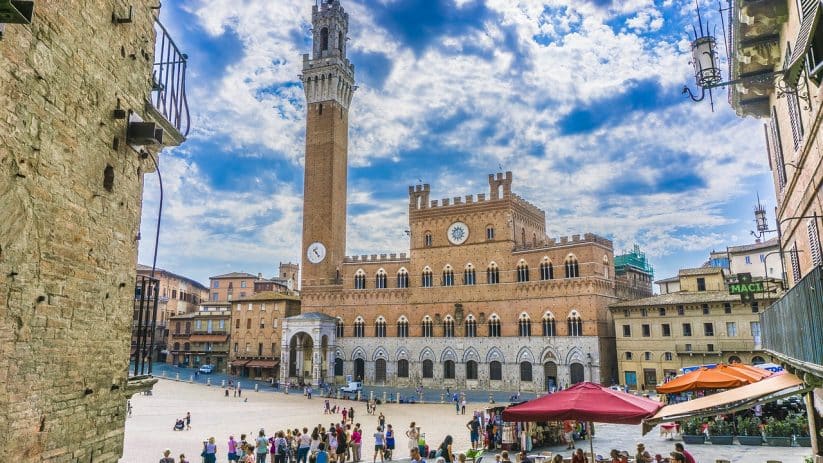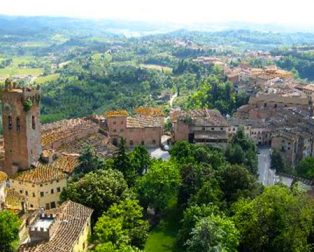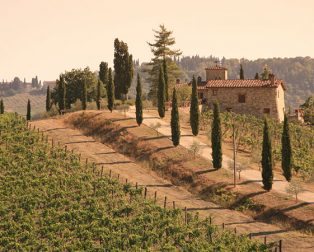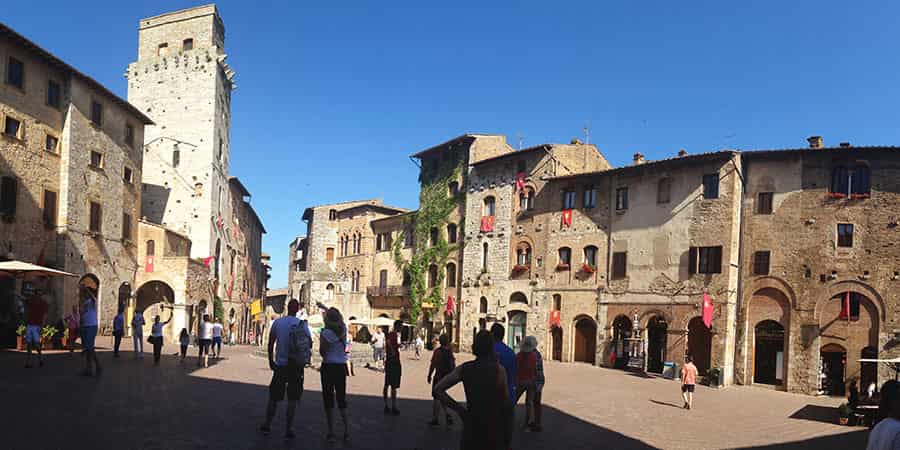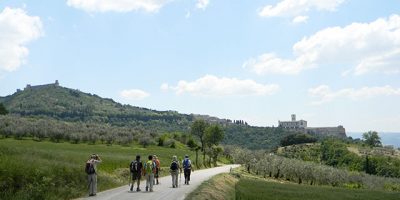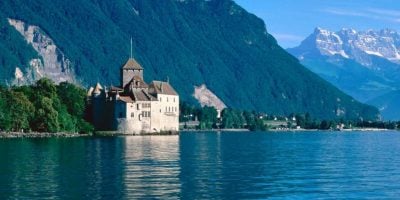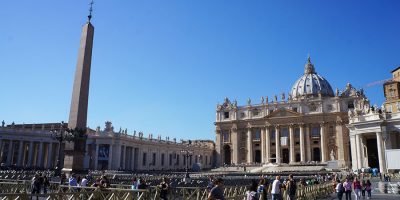The Via Francigena is a historic pilgrimage route that starts in Canterbury, England, weaves through France and Switzerland, and ends in Rome, Italy. Its origins date back to the Middle Ages. This scenic trail is a journey through history, culture, and stunning landscapes, making it a treasured route for modern-day pilgrims and travellers alike.
Below, we’ll explore the various Via Francigena stages and answer common questions about their length, types of stages, and ways to customise your journey to suit your pace and preferences.
What are the Via Francigena Stages?
The full Via Francigena route spans over 2,000 kilometres or 1,250 miles and can be covered in one go or divided into manageable segments or stages. However, you can walk the full length of the Via Francigena in Italy from Lucca to Rome; it covers 419km. The most popular walker stages are San Miniato to Siena, Viterbo to Rome and Lucca to Siena. The most popular cycling stage is from Lucca to Rome. These stages offer flexibility, catering to both walkers and cyclists. Each stage can be adapted to meet your timeline, fitness level, and travel goals, allowing you to explore this incredible path at your own pace.
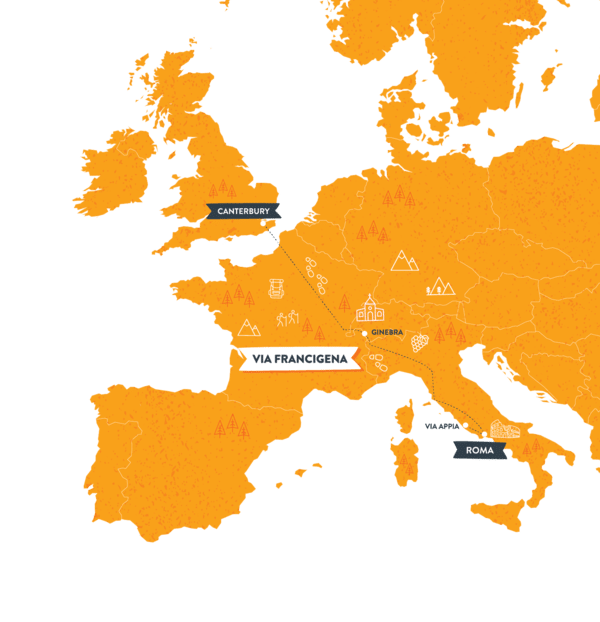
Walking the Via Francigena: Via Francigena Stages for Walkers
For those who choose to walk, the Via Francigena is split into stages that typically take a week to complete. Each walking stage covers approximately 150 kilometres or 93 miles weekly, allowing for a comfortable pace that suits both the experienced hiker and those new to long-distance walking. See all of our Via Francigena walking stages here: Via Francigena walking.
Key Features of Walking Stages
Each walking stage along the Via Francigena is carefully designed to ensure an enriching experience, regardless of difficulty level. The route takes you through scenic villages such as Lucca, San Gimignano, Siena, Val D’orcia and Viterbo, historic landmarks, and peaceful countryside, fully absorbing the cultural richness and natural beauty. Options range from leisurely sections to more demanding paths, allowing you to select stages that suit your fitness level.
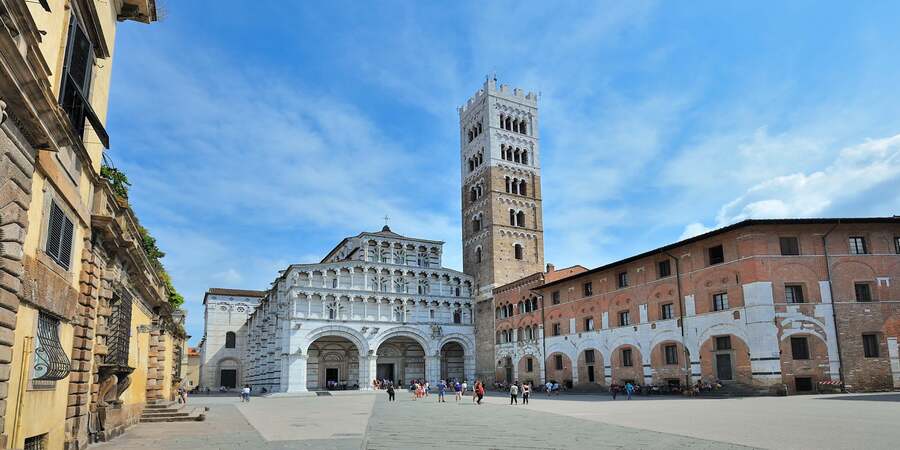
Cycling the Via Francigena: Stages for Cyclists
Cycling the Via Francigena allows you to cover more ground in less time, making it an excellent option for those who wish to experience more of the route within a shorter period. Each cycling stage is divided into eight sections, each designed to cover 45 and 75 kilometres daily.
Highlights of Cycling Stages
Cyclists can explore more of the Via Francigena in a shorter timeframe. Each stage is curated to provide a mix of scenic landscapes, historic sites, and cultural landmarks that define this ancient trail. With flexible options tailored to each cyclist’s speed and stamina, these stages balance adventure and comfort.
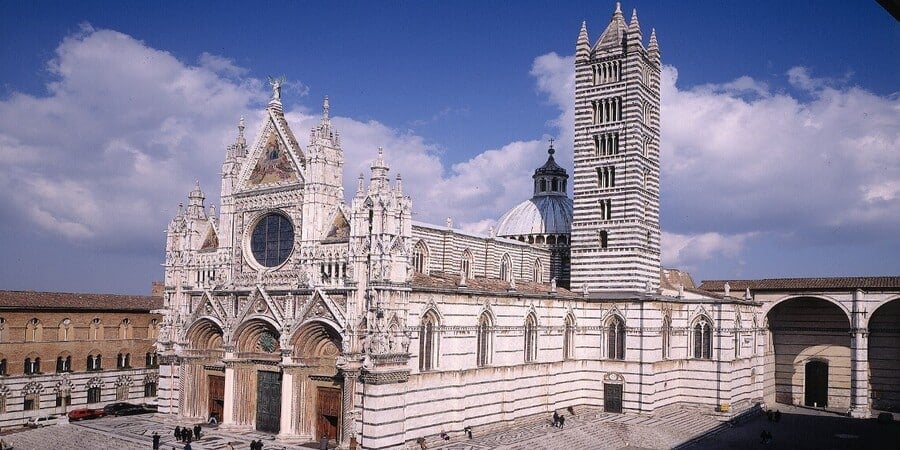
Mixing and Matching Via Francigena Stages
The Via Francigena stages are flexible, allowing travellers to start anywhere on the route and tailor their itinerary freely. This flexibility lets you combine sections, start from any point within a stage, or mix walking and cycling as desired. Create a personalised journey that aligns with your schedule and interests, making your Via Francigena experience uniquely yours.
Customising Your Via Francigena Experience
Here’s an example of a famous stage configuration: starting from Lucca (stage 14) and finishing in Siena. This route takes travellers through Tuscany’s beautiful landscapes and historic towns, providing an enriching segment of the Via Francigena that captures the essence of Italian culture and history.
Would you prefer to mix and match even further? You can begin halfway through a stage, such as section 8’s midpoint, and finish your journey a couple of days into section 10. This freedom to personalise the Via Francigena stages is ideal for blending convenience with adventure. Use our Camino Planner to customise your Via Francigena trip now.
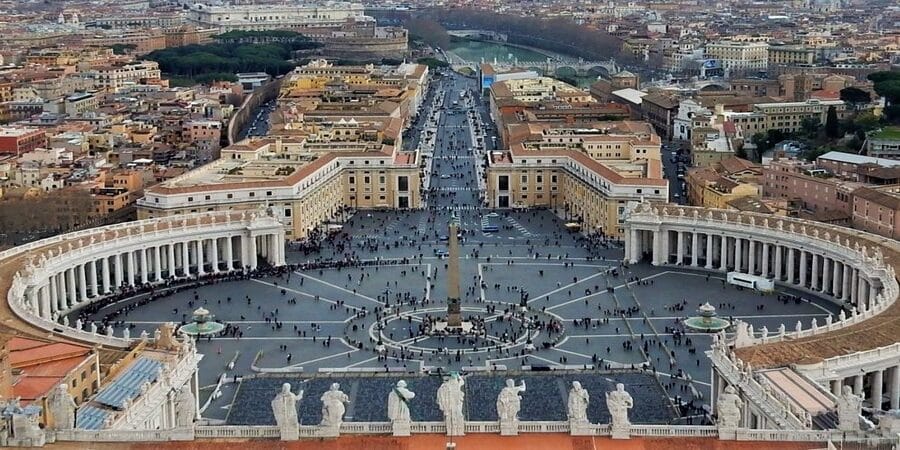
Start Your Journey on the Via Francigena
The Via Francigena stages promise an unforgettable European adventure if you’re passionate about history, nature, or unique travel. Every stage, whether on foot or by bike, offers chances to experience rich history, stunning scenery, and vibrant local cultures.
With flexible options to customise your journey, the Via Francigena welcomes travellers of all types. It offers an escape from daily life and a deep dive into Europe’s heritage.
To plan your ideal Via Francigena journey, contact our travel specialists. They’re ready to provide guidance and personalised support.
